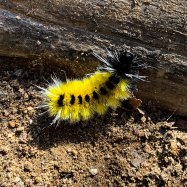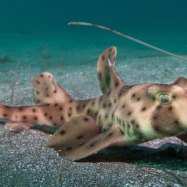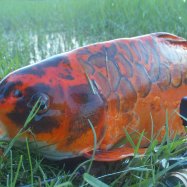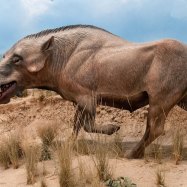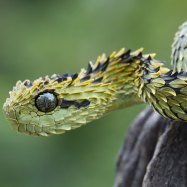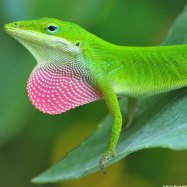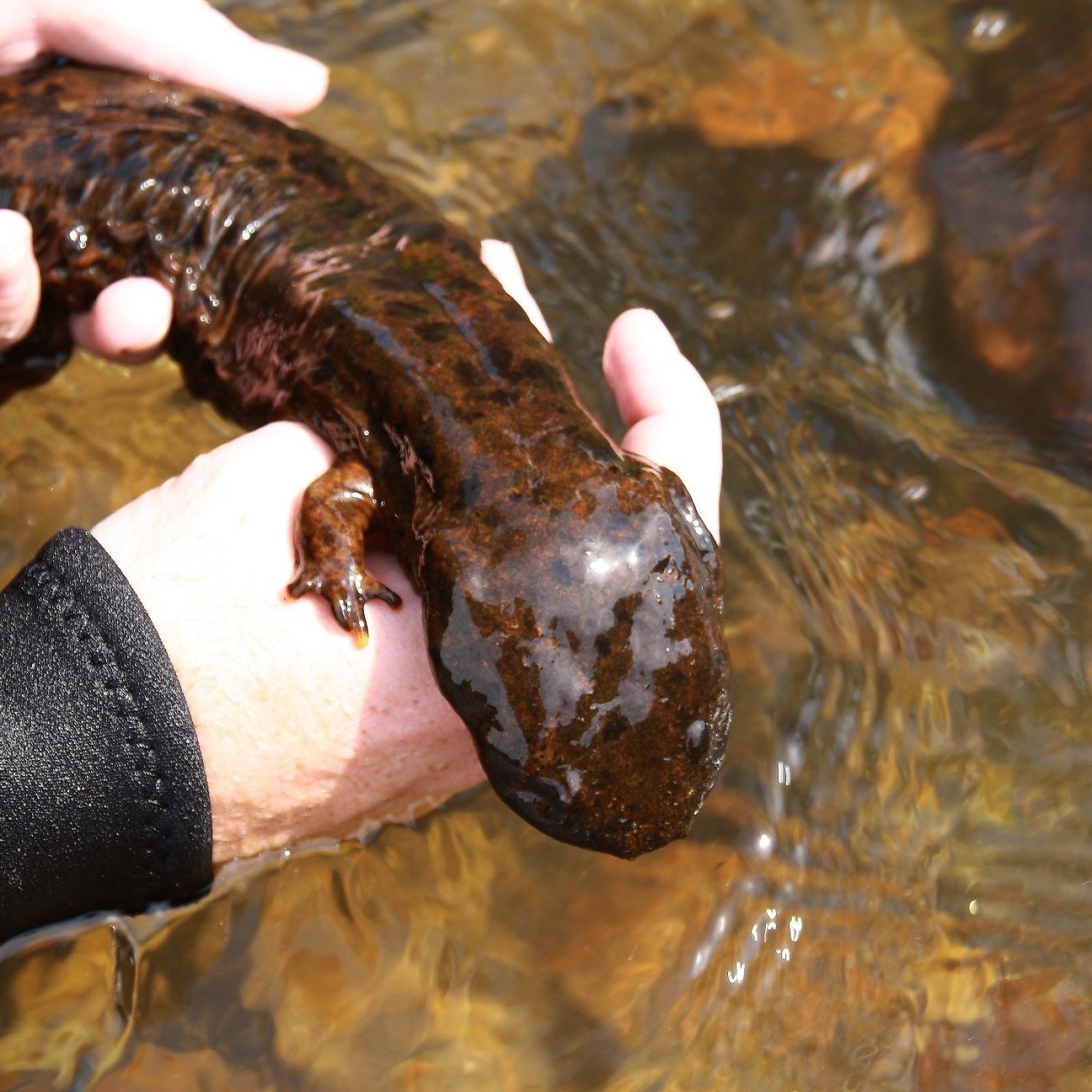
Hellbender
20 to 29 inches
The Hellbender, native to the Appalachian region, is a unique amphibian with a streamlined body shape. With an average length of 20 to 29 inches, it is the largest salamander in North America. Learn more about this fascinating animal from the Cryptobranchidae family and its importance in our ecosystem. #Hellbender #Appalachia #WildlifeConservation.
Animal Details Summary:
Common Name: Hellbender
Kingdom: Animalia
Habitat: Rivers, streams, and creeks with clean, clear, and cold water
The Hellbender: A Hidden Gem of the Eastern United States
Deep in the streams and rivers of the Appalachian region lies a creature rarely seen and often misunderstood - the Hellbender. With a scientific name of Cryptobranchus alleganiensis, the Hellbender is a unique species that holds much intrigue and mystery. Known for its large size, streamlined body, and cryptic coloration, this amphibian is a true gem of the Eastern United States.The Taxonomy of the Hellbender
The Hellbender belongs to the kingdom Animalia, and the phylum Chordata, which includes all animals with a spinal cord Hellbender. Within the class Amphibia, the Hellbender is a part of the order Urodela, also known as the salamanders. Its family, Cryptobranchidae, is specifically made up of giant salamanders, with the Hellbender being the largest in North America.Natural Habitat and Distribution
Rivers, streams, and creeks with clean, clear, and cold water are the ideal habitats for the Hellbender. These amphibians are almost entirely aquatic, and can often be found under large rocks or in cavities in stream beds. They prefer areas with swift currents, as they need well-oxygenated water to survive.The geographical distribution of the Hellbender is limited to the Eastern United States, with the Appalachian region being its primary home. They can be found in states such as Tennessee, Kentucky, and Georgia, but their largest populations are in Pennsylvania and North Carolina.
Diet and Feeding Method
As a carnivorous species, the Hellbender has a diet consisting primarily of small invertebrates such as crayfish, worms, and insects. They are known to be opportunistic feeders, meaning they will consume whatever prey is available to them Haikouichthys. Their feeding method involves catching prey with their sharp teeth and powerful jaws, using their front limbs to hold onto their prey while devouring it.Cryptic Coloration and Streamlined Body Shape
One of the most fascinating features of the Hellbender is its cryptic coloration. Their brown, mottled skin allows them to blend in seamlessly with the surrounding rocks and stream beds, making them difficult to spot. This makes them well-adapted to their environment and helps them avoid predators.In addition to their coloration, the Hellbender's streamlined body shape is also crucial to their survival. With their flat, wide body and strong, muscular tail, they are built for navigating through swift currents and navigating through tight spaces within the rocky streams and rivers.
A Unique Creature of Large Size
The Hellbender is the largest salamander in North America and can reach an impressive length of 20 to 29 inches. While their large size may seem intimidating, they are not aggressive creatures and are mostly harmless to humans. In fact, they are quite elusive and prefer to avoid human interaction.Human Interactions with the Hellbender
Despite their harmless nature, the Hellbender has faced several challenges in recent years due to human activities. Pollution, habitat destruction, and accidental trapping in fishing gear have all contributed to their declining population. In some states, the Hellbender is listed as an endangered species, highlighting the need for conservation efforts to protect this unique creature.The Appalachian region has seen a particular decline in the Hellbender population due to increased human activities and development. In response, conservation organizations, along with state and federal agencies, have initiated programs to monitor and protect the Hellbender and its habitat.
The Importance of NLP and SEO
As a highly endangered species, it is crucial to raise awareness about the Hellbender and the threats it faces. With Natural Language Processing (NLP) and Search Engine Optimization (SEO), organizations and individuals can effectively reach a wider audience and spread vital information about the conservation efforts in place.Optimizing online content with relevant keywords and structured data can help increase visibility and reach a wider audience. This way, people can learn about the Hellbender, its unique features, and the actions being taken to protect it and its natural habitat.
In Conclusion
The Hellbender may be a hidden gem of the Eastern United States, but it is a creature worthy of recognition and admiration. Its large size, cryptic coloration, and streamlined body make it a fascinating species, and its role in the ecosystem is essential. As the population of Hellbenders continues to decline, it is crucial to work towards their conservation and ensure their survival for generations to come. With the help of NLP and SEO, we can spread awareness and educate others on the importance of protecting this unique creature and its habitat.

Hellbender
Animal Details Hellbender - Scientific Name: Cryptobranchus alleganiensis
- Category: Animals H
- Scientific Name: Cryptobranchus alleganiensis
- Common Name: Hellbender
- Kingdom: Animalia
- Phylum: Chordata
- Class: Amphibia
- Order: Urodela
- Family: Cryptobranchidae
- Habitat: Rivers, streams, and creeks with clean, clear, and cold water
- Feeding Method: Carnivorous
- Geographical Distribution: Eastern United States
- Country of Origin: United States
- Location: Appalachian region
- Animal Coloration: Cryptic
- Body Shape: Streamlined
- Length: 20 to 29 inches
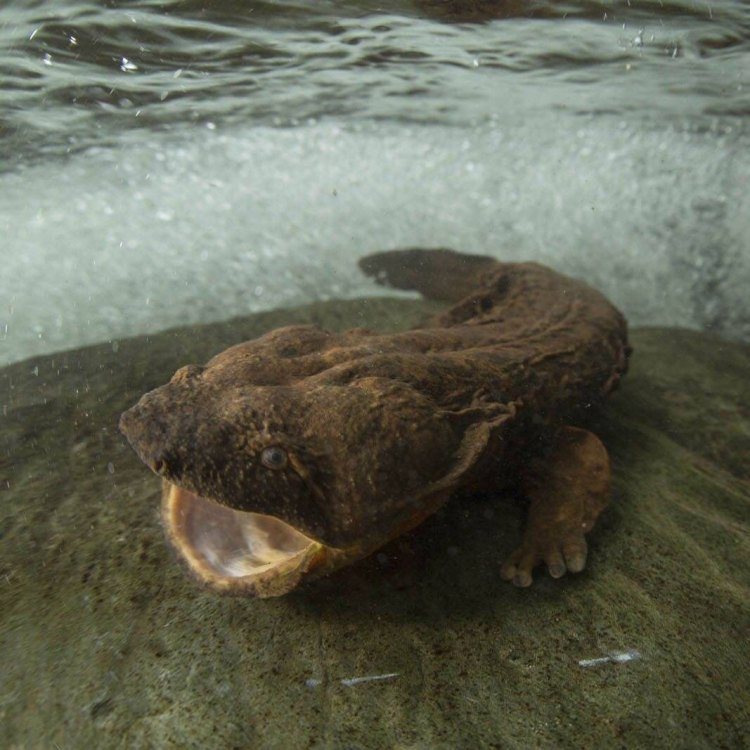
Hellbender
- Adult Size: 2 to 3 feet
- Average Lifespan: Up to 30 years
- Reproduction: Internal fertilization
- Reproductive Behavior: Mating and courtship rituals
- Sound or Call: Low-pitched vocalizations
- Migration Pattern: No regular migration pattern
- Social Groups: Solitary
- Behavior: Nocturnal
- Threats: Habitat degradation, pollution, and illegal collection
- Conservation Status: Near Threatened
- Impact on Ecosystem: Indicator species for a healthy aquatic ecosystem
- Human Use: Fishing bait, educational purposes
- Distinctive Features: Flat body, wrinkled skin, and external gills
- Interesting Facts: Hellbenders are the largest species of salamander in North America
- Predator: Fish, birds, and mammals
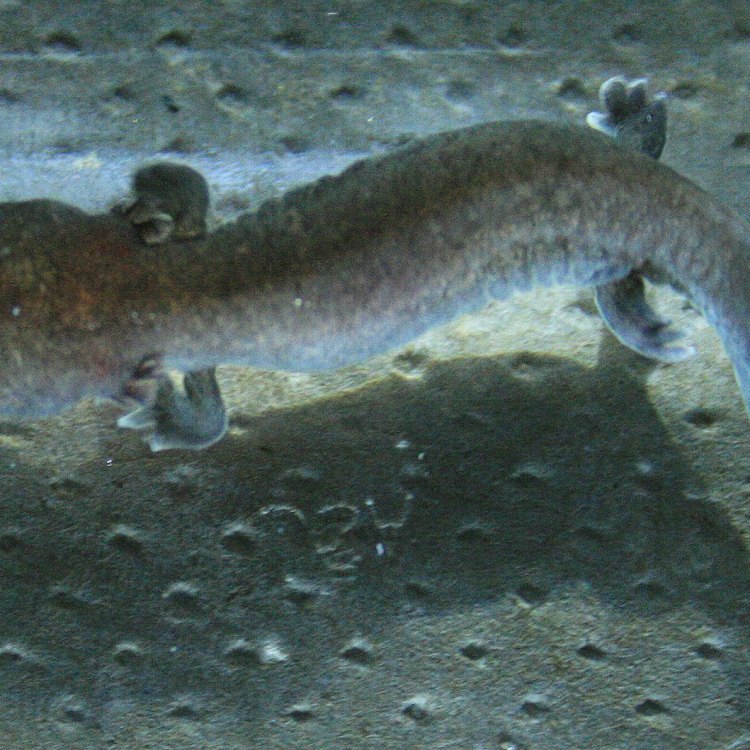
Cryptobranchus alleganiensis
The Fascinating World of Hellbenders: North America's Largest Salamander
When one thinks of salamanders, the image of a small and slippery creature often comes to mind. However, in the depths of North America's rivers, there lives a species of salamander that is far from small - the Hellbender. With its unique features, behaviors, and importance in the ecosystem, the Hellbender is a fascinating creature that deserves our attention and protection.Reaching sizes of up to 3 feet in length, the Hellbender is the largest species of salamander in North America PeaceOfAnimals.Com. They can weigh up to 5 pounds, making them one of the heaviest amphibians in the world. These impressive creatures can be found in the eastern United States, from southern New York to northern Georgia, and as far west as Missouri and eastern Oklahoma.
But size is not the only striking feature of the Hellbender. Their appearance is also quite distinct, with a flat and elongated body, wrinkled skin, and external gills. These features allow them to easily hide among rocks and crevices in their aquatic habitat. Their brown or gray coloration also helps them blend in with their surroundings, making them excellent at camouflage.
The average lifespan of a Hellbender is up to 30 years, making them one of the longest-living salamander species. They are slow-growing and can take up to 5 years to reach full maturity. This, coupled with their low reproductive rates, makes them vulnerable to population decline and extinction Harpy Eagle.
Hellbenders reproduce through internal fertilization, where the male deposits a sperm packet on the riverbed, and the female picks it up with her cloacal lips. This process can take several hours, and the female will then lay the fertilized eggs in a protected area, such as under rocks. These eggs will hatch into aquatic larvae, called "Hellbender babies" or "snot otters," which will spend the first few years of their lives underwater before transitioning to their adult form.
One of the most intriguing aspects of Hellbender behavior is their mating and courtship rituals. It is a complex process that involves the male performing a series of dance-like movements to attract the female's attention. This behavior, known as the "aquatic ballet," is not only visually stunning, but also plays a critical role in ensuring successful reproduction.
Aside from their mating rituals, Hellbenders are generally solitary creatures. They are primarily nocturnal, only coming out at night to hunt for food. They are opportunistic feeders, meaning they will eat whatever prey is available, including crayfish, small fish, insects, and snails. Their low metabolic rate allows them to survive long periods without food, making them well-suited for their sedentary lifestyle.
Despite their large size and robust appearance, Hellbenders face many threats, mainly due to human activities. Habitat degradation, caused by deforestation, dam construction, and excessive sedimentation, has significantly reduced the population and range of these creatures. Pollution from agricultural and industrial runoff has also had a severe impact on their survival, as Hellbenders are sensitive to changes in water quality.
In addition to these threats, illegal collection for the pet trade and use as fishing bait has also contributed to their decline. Unfortunately, many people are unaware of the crucial role Hellbenders play in the ecosystem, and their capture and removal can have damaging effects on the population and the environment.
The International Union for Conservation of Nature (IUCN) has listed Hellbenders as a Near Threatened species. This classification means that they are not currently endangered but are at risk of becoming so in the near future. It is essential to implement conservation efforts now to prevent their decline and potential extinction.
But why should we care about the survival of Hellbenders? These large salamanders play a vital role as indicator species in their aquatic ecosystem. Their presence or absence can indicate the health of their environment. As predators, they help control prey populations, and their gills help filter and clean the water they inhabit, contributing to a healthy aquatic ecosystem for other species.
Hellbenders also have a long history of human use, mainly for fishing bait and educational purposes. While these activities may seem harmless, they can have a detrimental effect on their population. It is crucial to educate the public about the importance of preserving this species and promoting sustainable practices that will allow them to thrive in their natural habitat.
In the world of Hellbenders, humans are not the only predators. Fish, birds, and mammals also prey upon these salamanders. As juveniles, they are more vulnerable to predation, and their low reproductive rates make it challenging to replenish the population. Protecting their habitat and reducing other human-caused threats is critical in ensuring their survival in the face of natural predators.
In conclusion, the Hellbender is a unique and fascinating creature that deserves our attention and protection. From its impressive size and distinct features to its intricate behaviors and role in the ecosystem, there is much to admire and learn from these salamanders. As humans, it is our responsibility to preserve and conserve these creatures for future generations to appreciate and enjoy. Only by working together can we ensure the survival of the largest salamander in North America - the remarkable Hellbender.
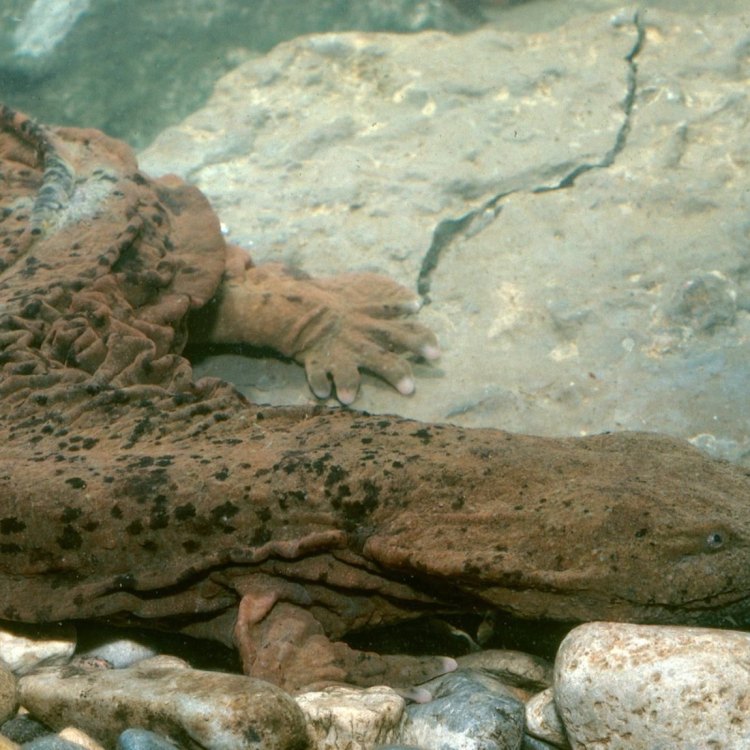
The Hellbender: A Hidden Gem of the Eastern United States
Disclaimer: The content provided is for informational purposes only. We cannot guarantee the accuracy of the information on this page 100%. All information provided here may change without prior notice.

